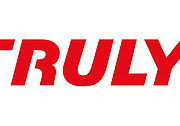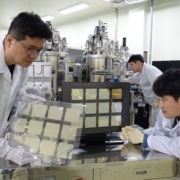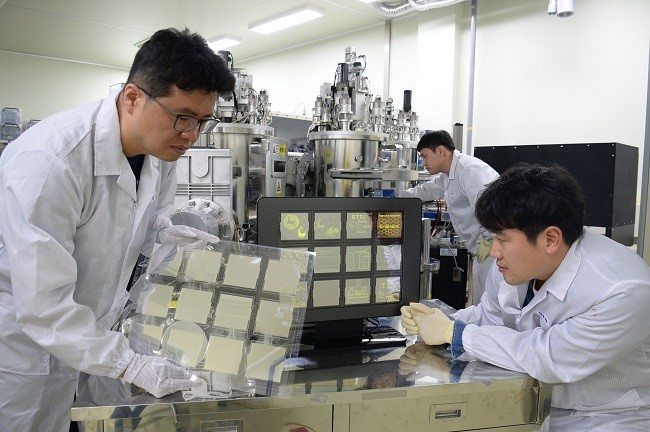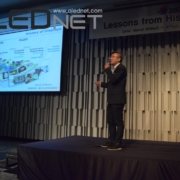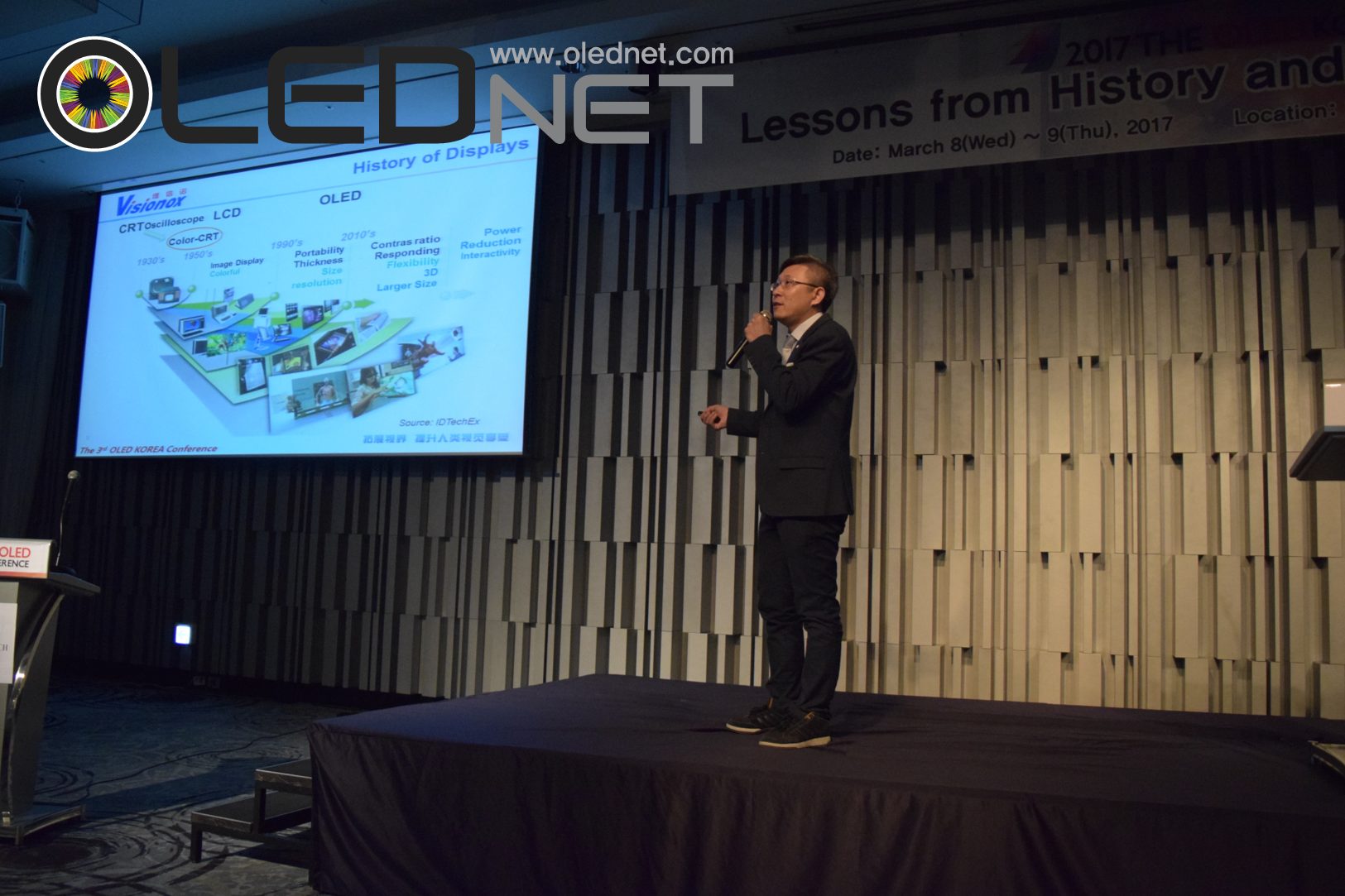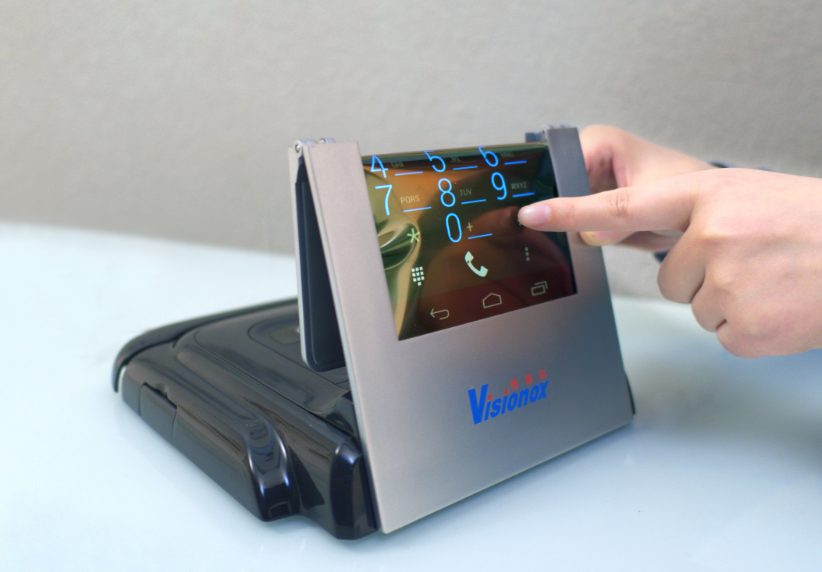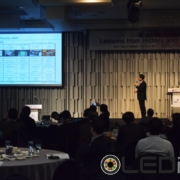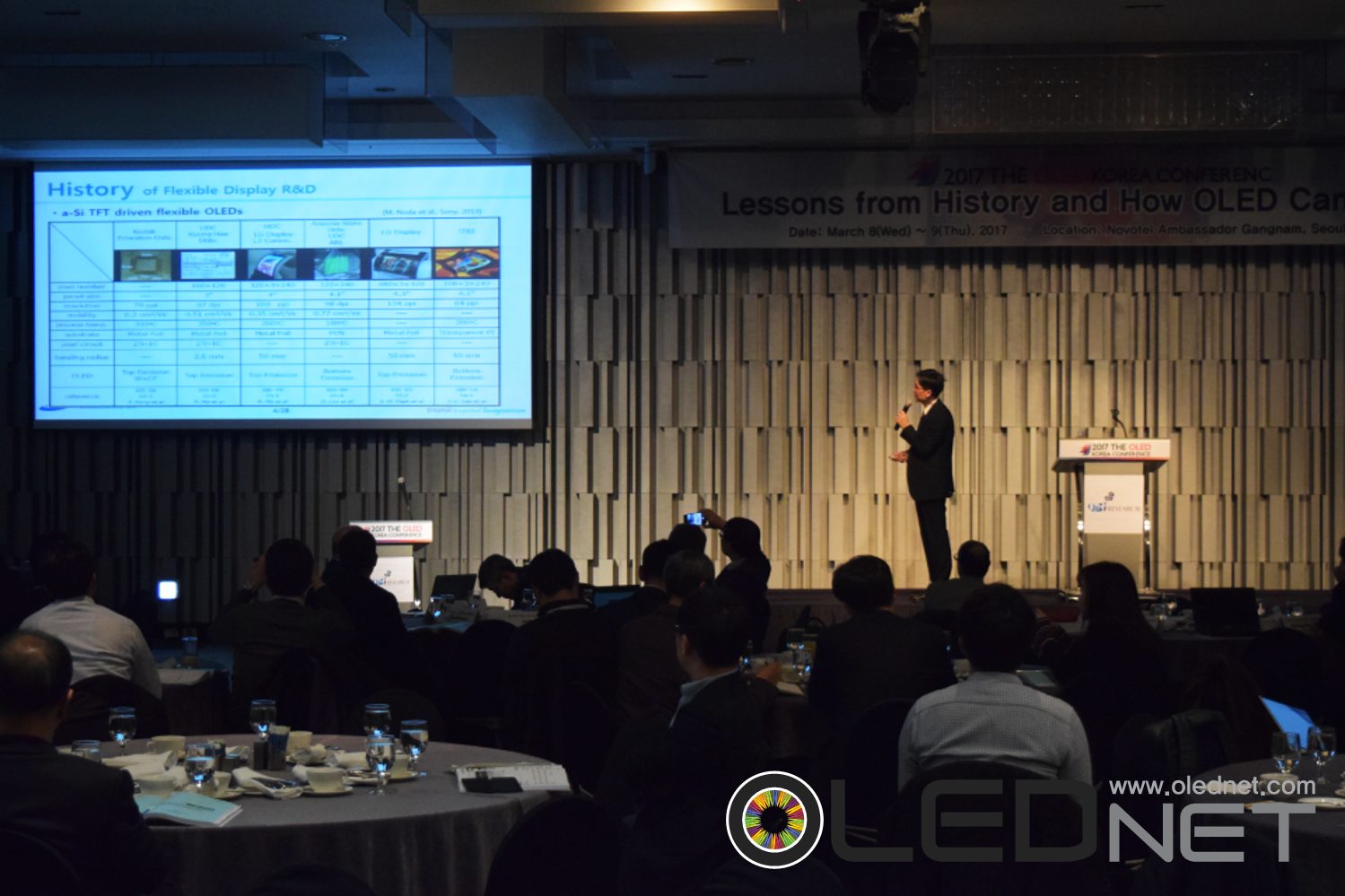Truly and FlexEnable sign License Agreement to bring low-cost, scalable flexible display production to China
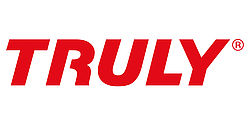
31 July 2017 – FlexEnable, the leader in the development and industrialization of organic electronics for flexible displays and sensors, has signed a technology transfer and license agreement with Truly Semiconductors, one of the leading display makers in China. The deal aims to bring FlexEnable’s flexible organic liquid crystal display (OLCD) technology into mass production on Truly’s lines within 2018.
Due to its high performance and low cost manufacturing process, OLCD is the only display technology today that can deliver flexible displays with large area, low cost and high brightness with long lifetime. With a bend radius that can go below 20 millimeters, OLCD meets the market needs for a range of applications across consumer electronics, smart home appliances, automotive, digital signage and beyond.
OLCD is based upon FlexEnable’s flexible low temperature organic thin-film transistor (OTFT) backplane technology, which can be manufactured on existing TFT LCD production lines using low cost plastic substrates such as TAC and PET. The OTFT backplane has better electrical performance than amorphous silicon, giving plastic LCDs the same display quality and reliability as glass-based LCDs, while making it thinner, lighter, shatterproof and conformable to surfaces.
Truly, the first display manufacturer to adopt OLCD, will implement the process into its existing production lines in Shanwei, China. The first product samples will be available to commercial partners in early 2018, with volume production expected in late 2018.
Chuck Milligan, CEO of FlexEnable, says, “Truly is a leader in displays manufacturing and a top-level supplier of displays to key market segments to which FlexEnable’s technology can bring great commercial advantages. We are already working with brands who use OLCD in their product concepts and who now need access to a volume supply chain to realize some very exciting new product offerings with designs that simply aren’t possible with other types of display. We are excited that Truly has become the first display manufacturer to implement FlexEnable’s game-changing OLCD platform and meet market demand for flexible displays.”
KK Ho, General Manager, R&D center, Truly Semiconductors Ltd, says, ”FlexEnable’s OLCD technology is a breakthrough in the TFT-LCD industry and with its characteristics of thinness, lightweight, and more durability it is going to create lots of possibilities for innovative product design. We have been receiving many enquiries for flexible display from the market, specifically, wearable devices, smart home appliances, electric cars and self-driving cars etc. This is a pretty exciting display technology and we do believe there is a considerable potential market size.”


